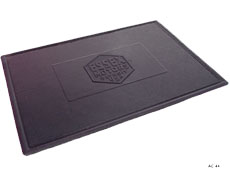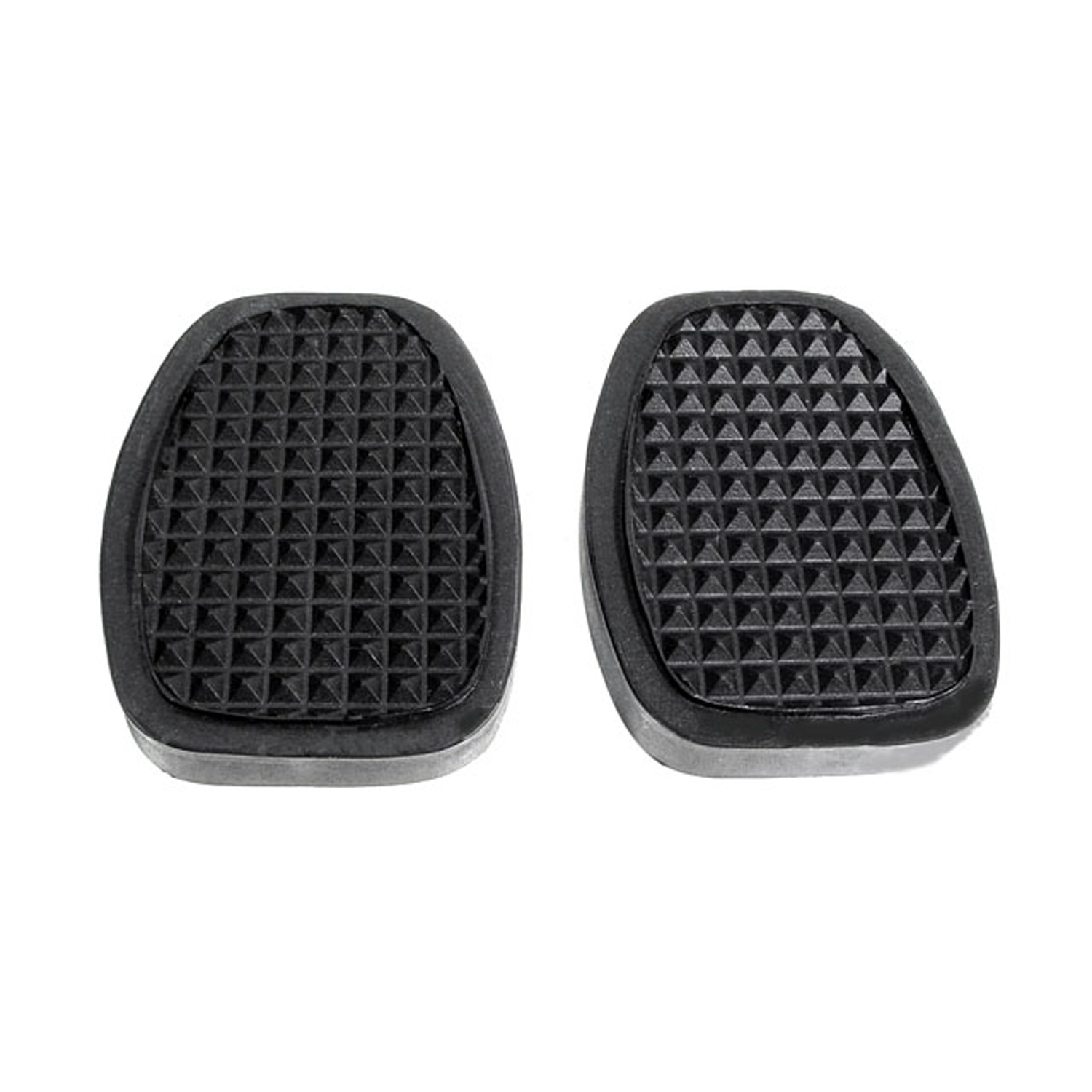Image of 1923 Essex Four, sourced from www.jalopyjournal.com , Image Link.
Performance Metrics
Fundamental Metrics
Emotional Appeal
MMP Rating
| Engine Specifications | |
|---|---|
| Engine Options: | L-head inline 4 |
| Displacement Range: | 2.7L |
| Horsepower Range: | Estimated 40-50 HP |
| Torque: | Not available |
| Compression Ratio: | Not available |
| Ignition System: | Battery and coil |
| Cooling System: | Water-cooled |
| Performance Specifications | |
| 0-60 Time: | Not available |
| 1/4 Mile Time: | Not available |
| Top Speed: | 50-55 mph |
| Transmission and Drive | |
| Drive Type: | Rear-wheel drive |
| Transmission Type: | 3-speed manual |
| Fuel and Efficiency | |
| Fuel System Type: | Carburetor |
| MPG: | Not available |
| Dimensions and Brakes | |
| Brakes: | Mechanical drum brakes |
| Wheelbase: | 112 inches |
| Weight: | Estimated 2,400 lbs |
Note: Specifications for classic cars are given to the best of our ability, considering the limited and variant data available.
A Journey Back to the Roaring Twenties: The 1923 Essex Four
The year is 1923, and the Essex Four emerges as a symbol of innovation and affordability in the automotive world. Born from the collaborative efforts of the Hudson Motor Car Company and Essex Motors, this vehicle was designed to cater to a burgeoning class of motorists seeking both reliability and style. The Essex Four carved its niche during an era when automobiles transitioned from luxury items to necessities for the average family.
Among its many claims to fame, the Essex Four is particularly noted for being one of the first cars to introduce an all-steel closed body, challenging the traditional open-tourer designs that dominated the market. This pivotal move not only set new standards for passenger comfort and safety but also signaled a shift in automotive design philosophy.
Design and Innovation: A Closer Look at the 1923 Essex Four
The exterior of the Essex Four boasted a classic post-Victorian elegance with its upright grille and commanding stance. Its design was both functional and aesthetically pleasing, featuring clean lines that would become a template for future generations of automobiles. Inside, passengers were greeted with a cabin that prioritized simplicity and durability over opulence. Materials, though not luxurious by today's standards, were high-quality for the time and built to withstand the rigors of early road conditions.
Technologically, the Essex Four was ahead of its time with features such as an electric starter, which was still a novelty. Color options were limited compared to modern standards, but they included choices that resonated with the tastes of the era. The most iconic body style was undoubtedly the four-door sedan, which encapsulated the practicality and emerging family orientation of automobiles.
Historical Significance: The Legacy of the 1923 Essex Four
The Essex Four's impact on automotive design cannot be overstated. It played a pivotal role in popularizing enclosed car designs, which provided better protection from weather elements and road dust. This advancement helped shift public perception of automobiles from seasonal vehicles to viable all-year-round transportation options. The Essex Four's influence is seen in virtually every modern car that prioritizes passenger comfort through enclosed cabins.
Performance and Handling: Experiencing the 1923 Essex Four
Performance-wise, the Essex Four was no slouch for its time. With a top speed that could reach up to 50 mph—a respectable figure in an age of slower roads—it offered an exhilarating driving experience. Acceleration figures like 0-60 mph were not commonly used benchmarks then, but it had sufficient pep for everyday driving needs. Handling was straightforward; while not as refined as modern vehicles, it provided direct feedback from the road and required a hands-on approach that connected driver and machine.
The driving experience was characterized by mechanical symphonies—the hums and chatters of an engine hard at work—and a ride that let you feel every contour of the early 20th-century roadways.
Ownership Experience: Living with a 1923 Essex Four
Owners of an Essex Four typically used their vehicles for daily transportation or Sunday drives rather than racing or showing—though it certainly had its place in early automobile exhibitions. Maintenance was relatively straightforward by today's standards, though parts are now rarer than hen's teeth. Reliability was commendable for its era, but as with any vehicle approaching its centennial, upkeep is now primarily in the realm of enthusiasts and collectors.
Fun Facts: Did You Know?
The Essex Four might not have been owned by celebrities like later classic cars, but it did set records for endurance and reliability in its day. One criticism it faced was its relatively conservative styling compared to some flashier contemporaries—a critique that seems almost quaint today given its historical importance.
Collector's Information: The 1923 Essex Four Today
The current value range for a well-preserved or restored 1923 Essex Four can vary widely based on condition, originality, and history. While production numbers were significant for their time (with estimates suggesting tens of thousands were produced), surviving examples are much rarer today. Prices can range from $10,000 for a project car to upwards of $30,000 or more for a concours-quality example.
As with many antiques, price trends have shown appreciation over time due to scarcity and historical significance—factors that continue to endear this model to collectors worldwide.
Conclusion: Celebrating Nearly A Century Of Motoring History
The 1923 Essex Four stands as a testament to an era when automobiles became accessible to the masses and began shaping everyday life. Its legacy is etched into every enclosed vehicle we drive today—a tribute to innovation and foresight in automotive design. For those lucky enough to own one, it offers not just a slice of history but also a unique journey back to where modern motoring began.
1923 Essex Four Catalog of Parts
 1923 Essex FOUR Accessory Floor Mat - 12"X17"-AC 44Accessory Floor Mat - made of high quality black rubber with molded original emblem. Also designed to be sewn into new carpets. 12"X17", Each
1923 Essex FOUR Accessory Floor Mat - 12"X17"-AC 44Accessory Floor Mat - made of high quality black rubber with molded original emblem. Also designed to be sewn into new carpets. 12"X17", Each 1923 Essex FOUR Accelerator Pedal Pad, 2-5/8" X 9", Each-AP 23Accelerator Pedal Pad, 2-5/8" X 9", Each
1923 Essex FOUR Accelerator Pedal Pad, 2-5/8" X 9", Each-AP 23Accelerator Pedal Pad, 2-5/8" X 9", Each 1923 Essex FOUR Clutch and Brake Pedal Pads. 2-3/4" wide X 3-3/4" long-CB 30Clutch and Brake Pedal Pads. 2-3/4" wide X 3-3/4" long. Pair
1923 Essex FOUR Clutch and Brake Pedal Pads. 2-3/4" wide X 3-3/4" long-CB 30Clutch and Brake Pedal Pads. 2-3/4" wide X 3-3/4" long. PairWhy Choose Metro?
For over 100 years, Metro Moulded Parts has been the pinnacle of quality in classic car restoration parts. Our commitment to precision and authenticity in every component ensures a perfect fit and an OEM-level appearance.
- Expert Craftsmanship & Quality: Each part is a testament to our dedication to reliability and perfection, crafted from original designs and thoroughly tested.
- Advanced Technology: We use cutting-edge techniques to create flawless, long-lasting parts that surpass others in performance.
- SuperSoft Sponge – The Ultimate Door Seal: Not only are our door seals 30% softer than competitors', but they're also guaranteed to never leak. They effectively reduce wind and road noise, enhancing your classic car's comfort and driving experience.
- Proudly American: Our parts are a product of American craftsmanship, made in the USA with a spirit of excellence and heritage.
- Unrivaled Warranty: We back our products with a 30-year industry-leading warranty, a testament to our confidence in their quality.
Join us in preserving the legacy of classic cars with parts that are crafted for perfection, not just made.

